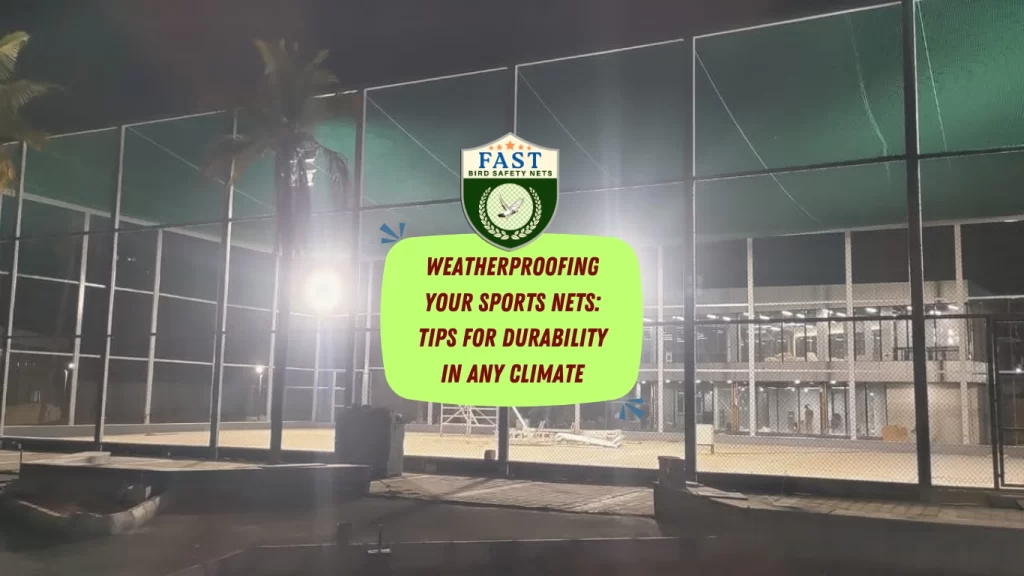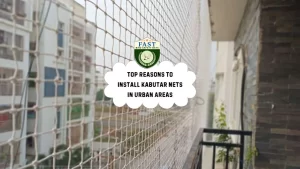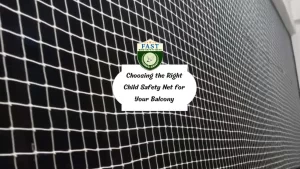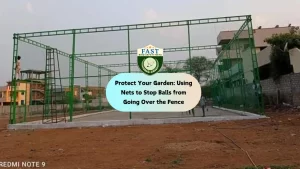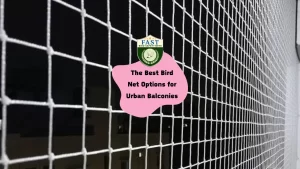Sports nets play a crucial role in various athletic activities, from soccer and baseball to tennis and golf. However, exposure to harsh weather conditions can significantly impact the durability and longevity of these nets. Whether you’re a professional athlete, coach, or recreational player, it’s essential to weatherproof your sports nets to ensure they withstand the elements. In this article, we’ll explore tips for weatherproofing your sports nets to enhance their durability in any climate.
Understanding the Impact of Weather
Before delving into weatherproofing techniques, it’s crucial to understand how different weather conditions can affect sports nets. Sun exposure, rain, wind, and temperature fluctuations can all contribute to wear and tear, leading to premature deterioration of the netting material. UV rays can cause fading and degradation, while moisture can lead to mold, mildew, and rot. Additionally, strong winds can put stress on the netting structure, leading to tears or damage. By recognizing these factors, you can implement effective weatherproofing strategies to protect your sports nets.
Choose High-Quality Materials
When selecting sports nets, prioritize high-quality materials that are designed to withstand various weather conditions. Look for nets made from durable materials such as nylon, polyester, or polyethylene, which offer excellent strength and resistance to UV rays and moisture. Reinforced stitching and heavy-duty construction can also contribute to the longevity of the net. Investing in quality materials upfront can save you time and money in the long run by reducing the need for frequent replacements.
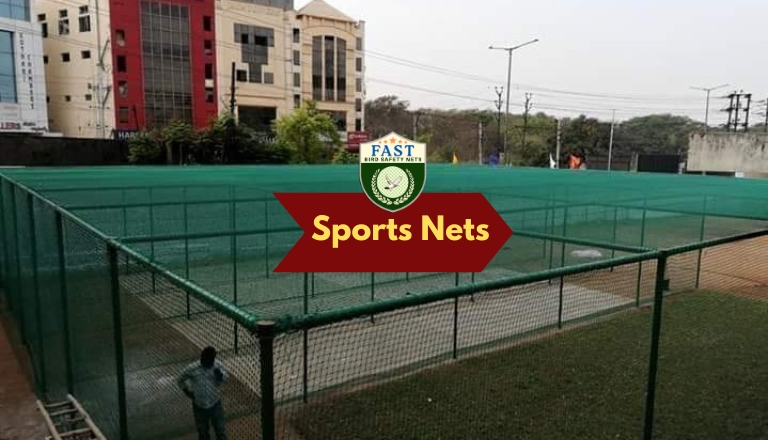
Apply UV-Resistant Coatings
UV-resistant coatings are an effective way to protect sports nets from sun damage. These coatings create a barrier that helps block harmful UV rays, preventing fading, weakening, and deterioration of the netting material. Apply a UV-resistant spray or paint specifically designed for outdoor use to provide an extra layer of protection. Be sure to follow the manufacturer’s instructions for proper application and reapplication intervals to maintain optimal UV protection.
Implement Waterproofing Measures
To protect sports nets from moisture-related damage, it’s essential to implement waterproofing measures. Consider treating the netting material with a waterproofing spray or solution designed for outdoor fabrics. This treatment helps repel water, preventing absorption and reducing the risk of mold, mildew, and rot. Additionally, ensure proper drainage around the netting area to prevent pooling water, which can accelerate deterioration. Regularly inspect the net for signs of moisture buildup and reapply waterproofing treatments as needed.
Secure Nets Properly
Proper installation and anchoring are essential for securing sports nets in place, especially in windy or stormy conditions. Use sturdy poles, posts, or anchors to support the netting structure and prevent it from being blown away or damaged by strong winds. Consider adding additional reinforcement, such as guy lines or cables, to provide extra stability. Regularly inspect the netting hardware for signs of wear or corrosion and replace any damaged components promptly. By ensuring proper installation and anchoring, you can minimize the risk of structural damage and prolong the life of your sports nets.
Perform Regular Maintenance
Routine maintenance is key to preserving the integrity of sports nets and maximizing their lifespan. Inspect the netting material regularly for signs of wear, tear, or damage, such as fraying, holes, or loose threads. Repair any minor damage promptly using patch kits or repair tape to prevent further deterioration. Clean the netting regularly to remove dirt, debris, and organic matter that can contribute to mold and mildew growth. Use mild soap and water for cleaning, avoiding harsh chemicals that may damage the netting material. Additionally, trim any vegetation or foliage around the netting area to prevent entanglement and minimize the risk of damage.
Store Nets Properly During Off-Season
During periods of non-use, such as off-season or inclement weather, it’s essential to store sports nets properly to protect them from the elements. Remove the nets from outdoor areas and store them in a dry, climate-controlled environment, such as a garage, shed, or storage facility. Avoid leaving nets exposed to the elements for extended periods, as this can accelerate deterioration and reduce their lifespan. Before storing, ensure the nets are clean, dry, and free of any debris or moisture. Proper storage not only prolongs the life of sports nets but also helps maintain their performance and appearance over time.
Conclusion
In conclusion, weatherproofing sports nets is essential for ensuring durability and longevity in any climate. By understanding the impact of weather conditions and implementing effective weatherproofing strategies, you can protect your sports nets from sun damage, moisture-related issues, and structural damage. Choose high-quality materials, apply UV-resistant coatings, implement waterproofing measures, secure nets properly, perform regular maintenance, and store nets properly during off-season periods. By following these tips, you can maximize the lifespan of your sports nets and continue to enjoy them for years to come, regardless of the weather conditions.

